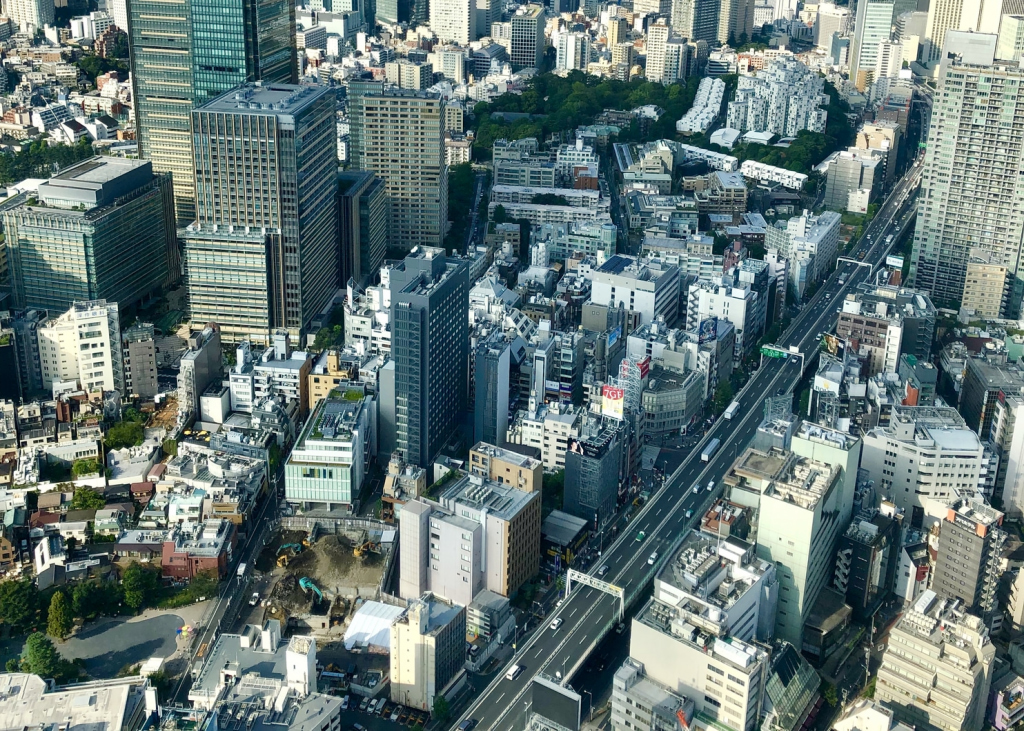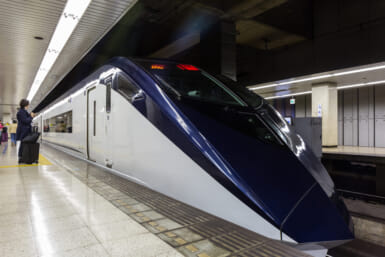For the past three years, March has been the time of year where television, print, and online news focus on the disaster from 2011. Let’s shift the attention then. Today, I write not about life in Tohoku but about how the disaster can be a learning opportunity for you—whether you were in Japan on March 11, 2011, or you came after that fateful day, there’s a lesson to be learned. That lesson? Be prepared.
By Amya Miller
Japanese television has been focusing over the past several years on “The Big One,” the mega-quake that is to hit Tokyo, and the coastal region that runs from southwestern Tokyo through Shikoku. Predictions abound. If you were in Tokyo in 2011 and you were one of the thousands who walked for hours to get home, the idea of preparedness should resonate.
What does it mean to be prepared? Here are some lessons we’ve learned in Tohoku from the March 2011 disaster and the several large aftershocks since.
Following the large aftershocks that hit Tohoku after 2011, we learned there’s a good chance that with a large earthquake we will lose electricity. And Internet. And water. And cell coverage. This means your cell phone is useless. As is your laptop. If you don’t have bottled water you can’t wash your hands. Toilets won’t flush. You can’t fill up your car with fuel because pumps run on electricity. You can’t go to a store because cash registers need power. The fuel in your car and the food you have in your purse or cupboards or refrigerator is it. Once that’s gone, you have severely restricted access to fuel and food until the electricity comes back.
It’s not hard to be prepared. The simplest and most effective way to face an impending earthquake is for each family member to have a kit. Your preschool-aged child can carry a small backpack. Your elementary school child and those who are older can carry more. Here’s what I suggest you should put in each backpack.
Carry several bottles of water in each one. Pack a lot of wet wipes. This is how you will wash your hands and your body until you have running water again. Put non-perishable food in your child’s backpack. Granola bars, bags of nuts, and dried fruit are good places to start. Calorie Mate, found in almost every convenience store is lightweight and will stave off hunger pangs.
Where’s your meeting spot? If your family members are in different locations how will you get home? How long will you wait before you worry?
Adults? Carry more. A lot more. Battery packs. Several changes of clothing. Several days worth of food. Multiple large bottles of water. Toilet paper. Cash (including coins). If you have a child in diapers you’ll need quite a few days’ worth of diapers, as well as extra wet wipes. Pack toothbrushes for the entire family.
Write down important telephone numbers on a piece of paper and put them in everyone’s backpack. Once your cell battery dies you won’t have access to these numbers again. How many telephone numbers do you know by heart? There was a time, decades ago, when adults carried address books. Do you have one? Do your children know your office numbers without looking them up, or do they press, “Mama: Office” from the address book in their cell phones?
Where’s your meeting spot? If your family members are in different locations (e.g. school, work, subway, etc.) how will you get home? How long will you wait before you worry?
Practice.
Imagine Mama and Papa are at work. The kids are at school. Somewhere between these locations—work and school—is a safe place. Walk it together some Saturday so everyone knows the route. Muscle memory is real but demands practice for it to be a reliable method of safety.
Have a backpack at home, in your car, and at work. It doesn’t take a long time or a lot of money to create these emergency kits but the difference between having one and not will affect your health and peace of mind in an emergency.
Now comes the bad news. Having these kits and knowing your route to safety is not a guarantee you will actually grab the kit or take the route home to your meeting spot. In a time of crisis our minds play tricks on us. Most of us don’t behave logically or rationally. This is normal but hard to understand ahead of the fact. Practicing helps. Talking about how you will act and behave also helps. Don’t assume. Being prepared is the best possible weapon you can have in advance.
As the month of March passes, let’s place the focus of the disaster onto you. Have a plan. Be prepared. Talk. It just might save you.
Note: One tip that we received from a reader was to invest in the kind of jack you would normally use to change a flat tire on a car. Emergency workers often use them to lift debris following natural disasters.
You can find some more specific tips at the English sites of Shinjuku and Shibuya wards:
www.city.shibuya.tokyo.jp/eng/living/earthquakes.html
Do you have any earthquake preparedness tips that you want to share? Let us know in the comments.
Image: Bunny Bissoux









